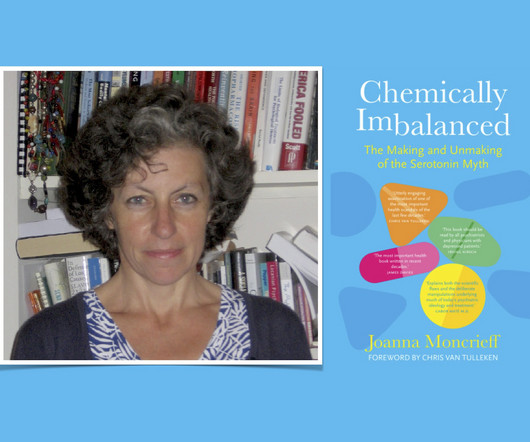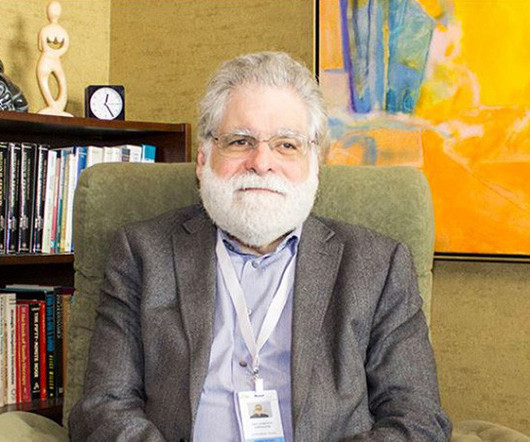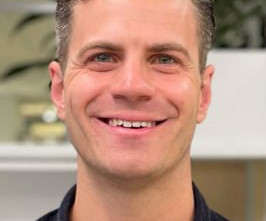Chemically Imbalanced: Joanna Moncrieff on the Making and Unmaking of the Serotonin Myth
Mad in America
APRIL 30, 2025
When were you in medical school in the UK, were they teaching the DSM III disease model, or did you hear a different story about what causes depression? Moncrieff: When I was in medical school we were taught, as we’re still officially taught now, the biopsychosocial model of mental disorders. Moncrieff: Yes.










Let's personalize your content